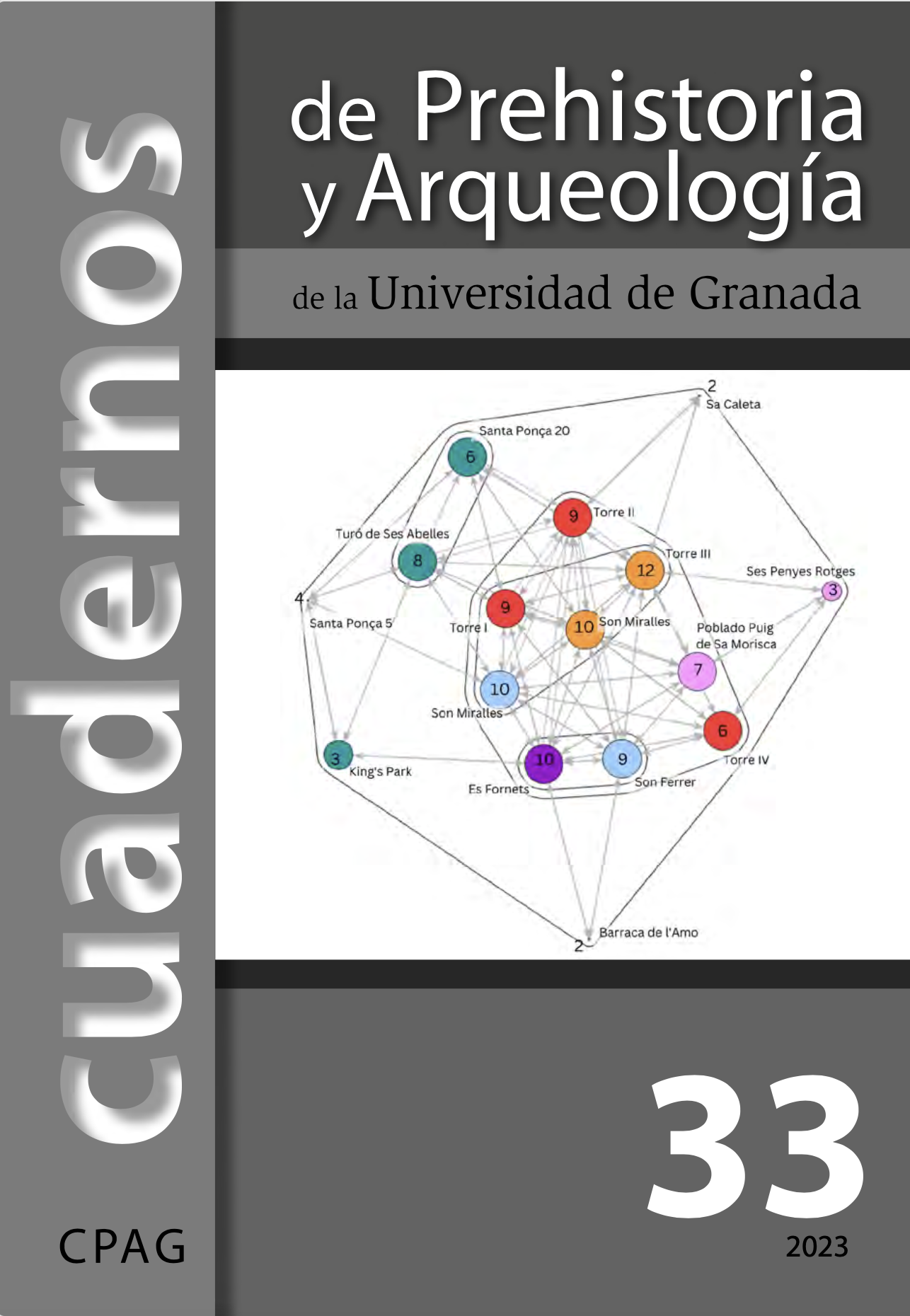PERSONAL ORNAMENTS, FUNERARY CONTEXTS AND SOCIAL NETWORKS. THE HORIZON OF THE PIT GRAVES AS A CASE STUDY
Main Article Content
Abstract
During the second half of the VIIth millennium and first half of the VIth millennium BP, the chrono-cultural horizon known as Sepulcros de Fosa emerged in Catalonia, leaving behind an extensive funerary record. The social interaction of these communities can be measured by studying the ornaments that are part of the grave goods, which express group affiliation, personal identity and status. To measure this interaction, the spatiotemporal evolution of the ornaments was characterized using Social Network Analysis methods. Specifically, the preferential patterns of each type of ornament were analyzed to evaluate the patterns of interaction, and to identify commonalities and differences in ritual practice over time. Based on this analysis, three temporal stages have been identified, along with two large areas of influence (Vallès and Solsonès/ Prepirineu), and a differential distribution in the use of ornaments, which characterizes the relationships between different funerary burials during the Neolithic.



